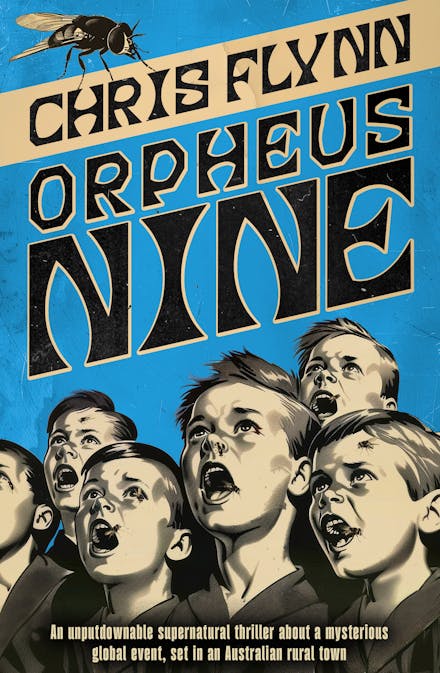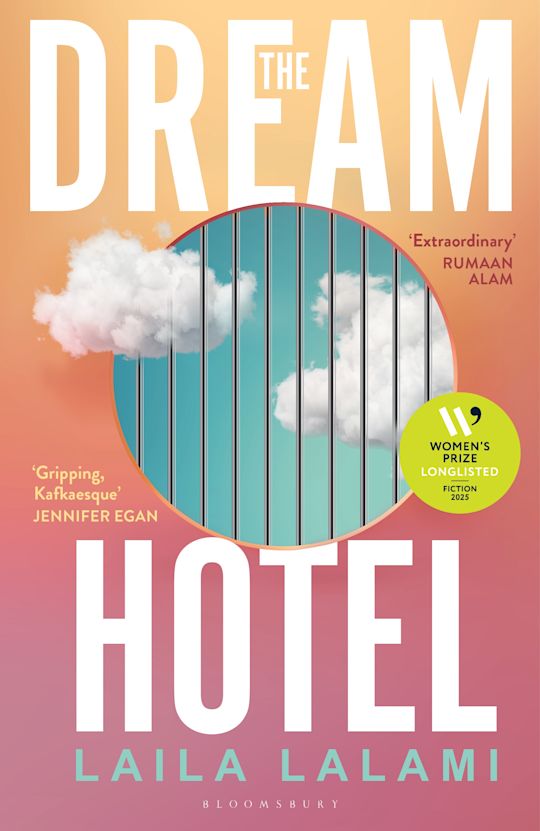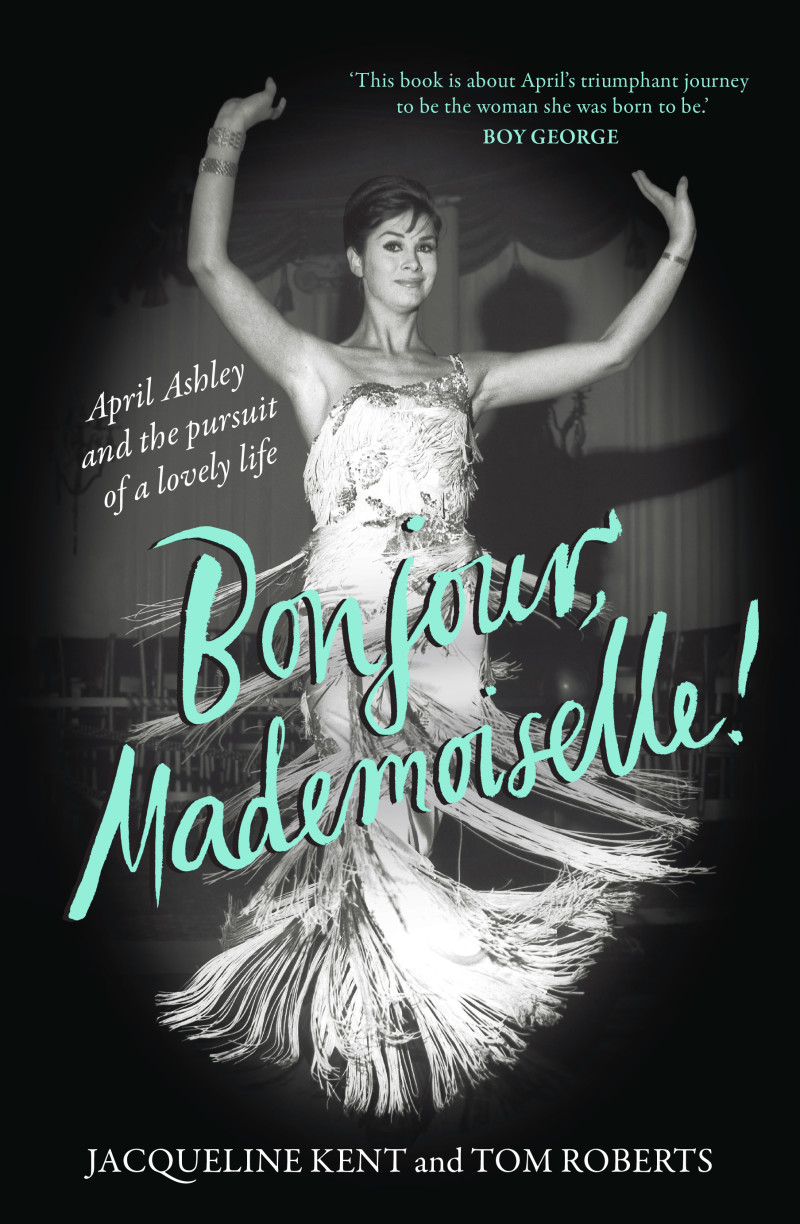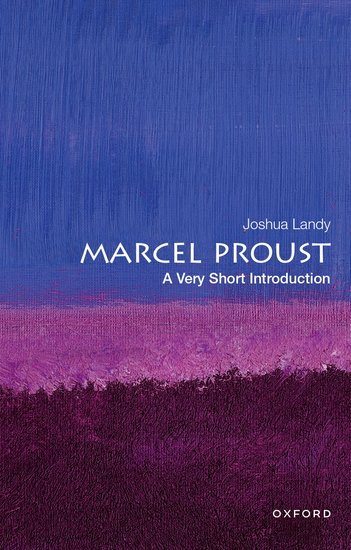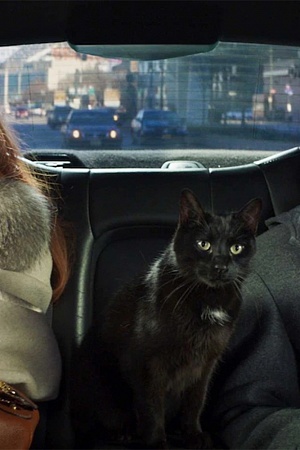Looking For Grace ★★★
As with many fine Australian films, Looking For Grace opens with arid, spectacular landscape. Aerial shots of remote two-lane highways highlight expanses of blonde dirt, granite, and shrubbery across the Western Australian wheat belt, where the film was shot on location. These colours are rare in Australian cinema, which often favours vibrant red desert sand. But there is nothing unusual about the fact that Brooks focuses on long stretches of road leading nowhere. They are flanked by barren expanses whose immensity becomes a motif for discovery and loss.
Looking For Grace opens like a conventional mystery film. Two runaway teenage girls share a bus ride to an unknown location, and on the way their plans are interrupted by a beautiful, electrifying stranger. Grace (Odessa Young) gravitates towards the enigmatic Jamie (Harry Richardson). Sensing her status as third wheel, her friend Sappho (Kenya Pearson) decides to catch the bus home. The film tries to change direction but merely drifts along endless roads. Through a series of related scenes during the bus trip, Brooks weaves together five perspectives. In a non-linear narrative format, they dart forward and backwards in time. This prismatic narrative style sometimes stifles the development of emotional tensions, and impedes what might have been a rather powerful story. The film is heavily weighted towards the final two scenes, which focus on Grace's parents, Dan (Richard Roxburgh) and Denise (Radha Mitchell), during their search for her. The result is an uneven film that doesn't flow smoothly.
Continue reading for only $10 per month. Subscribe and gain full access to Australian Book Review. Already a subscriber? Sign in. If you need assistance, feel free to contact us.

